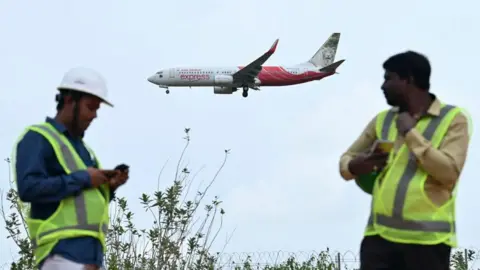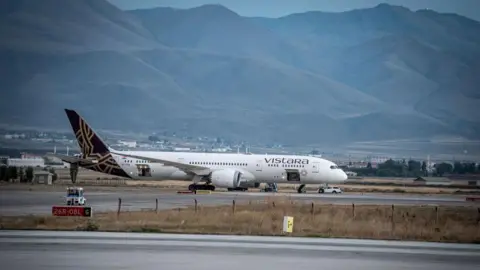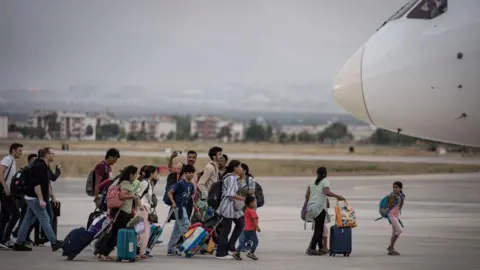Gillian Tett was, as ever, on the money when she wrote “Data centres alone won’t stop the AI energy squeeze” (Opinion, October 5). But beyond the need for joined-up thinking from the market and governments to increase energy supply, the article misses a faster and cheaper way to stop the energy squeeze caused by the growth in artificial intelligence — namely making data centres fundamentally more energy efficient.
Eric Schmidt, former Google CEO, noted that AI has an infinite appetite for energy, so increasing grid capacity is no doubt essential to realising AI’s full potential. However, AI moves faster than our ability to increase grid capacity. Increasing grid capacity requires enormous capital investment, governmental and regulatory change, and public approval — it is not a simple task, nor one achieved quickly.
Tett highlights the fact that market forces alone cannot solve this and notes the need for government to create connected grid capacity and adjudicate distribution of the limited energy supply fairly.
However, the article, and the wider debate, pays scant attention to the huge energy waste in data centres.
Take the network switch — the workhorse of every data centre, shuttling data packets between clusters of graphic processing units and central processing units. Network switches alone consume 20 per cent of a data centre’s total power requirement but state of the art technology now allows for that to be reduced to less than 1 per cent. Efficiency gains are waiting to be realised across every element of the data centre technology stack and should be prioritised.
Any increase in grid capacity must be twinned with making data centres more energy efficient and sustainable. Where technologies exist that use lower power and offer equal or better performance, these should be promoted and prioritised, by the industry — and yes, also by government through policy and regulation.
This can be achieved in part by earmarking a portion of the enormous capital slated to expand energy supply to support and incentivise the roll out of efficient data centre technologies. It can also be achieved by implementing regulation in the spirit of Germany’s recently passed Energy Efficiency Act which mandates power usage effectiveness levels for data centres, forcing owner and operators to build sustainably.
Market forces alone will not drive change — government support and incentives for data centre and AI companies to invest in technologies that enable energy-efficient, sustainable AI will be required.
Mark Rushworth
Chief Executive & Founder, Finchetto, Guildford, Surrey, UK


































































































































































You must be logged in to post a comment Login